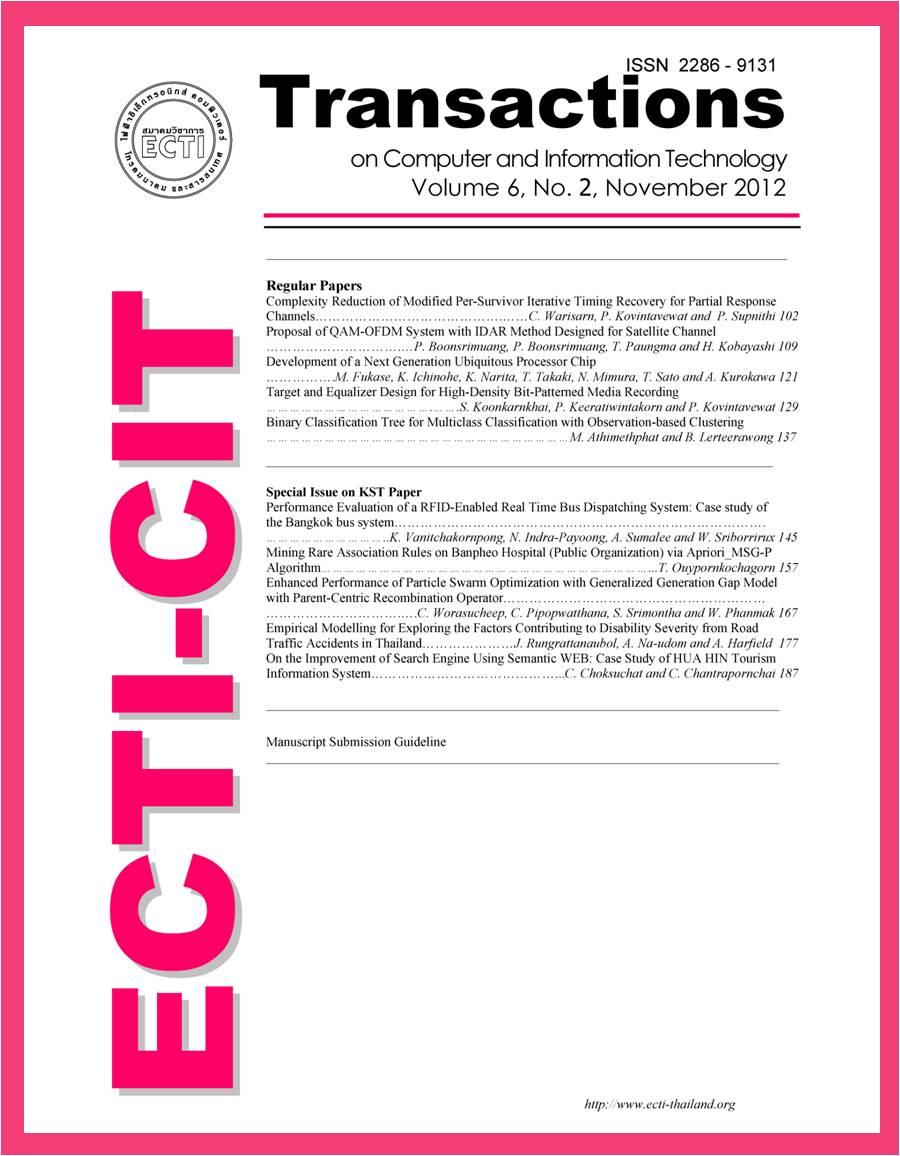Development of a Next Generation Ubiquitous Processor Chip
Main Article Content
Abstract
Power conscious PC processors, mobile processors, cryptography processors, RFID tags, etc. have obviously supported the trend of ubiquitous network and computing. The authors have developed a ubiquitous processor named HCgorilla under the strategy to unify these devices. The unification of those devices has been effective to achieve power consciousness
for Green IT and secureness for ubiquitous environment. The target of this study is the shift of HCgorilla to SoC, considering the exploitation of adaptability to SoC and resource-constrained implementation is cutting edge microprocessor tendency. Since this requires the total improvement of HCgorilla, the complicated clock schemes are optimally unified together. One of most important clock schemes applied to HCgorilla is a waved MFU (multifunctional unit). Although gated clock and scan path have been supported by standard CAD tools, the wave-pipelining has been mainly done by manual tuning because it has not always been so popular. Thus, these clock schemes are totally introduced. Specific features of the improved HCgorilla and its implementation in a CMOS standard cell chip are described in this article. The HCgorilla.7 chip developed in this study is the best in view of clock speed, occupied area, power consumption, and hardware security.

